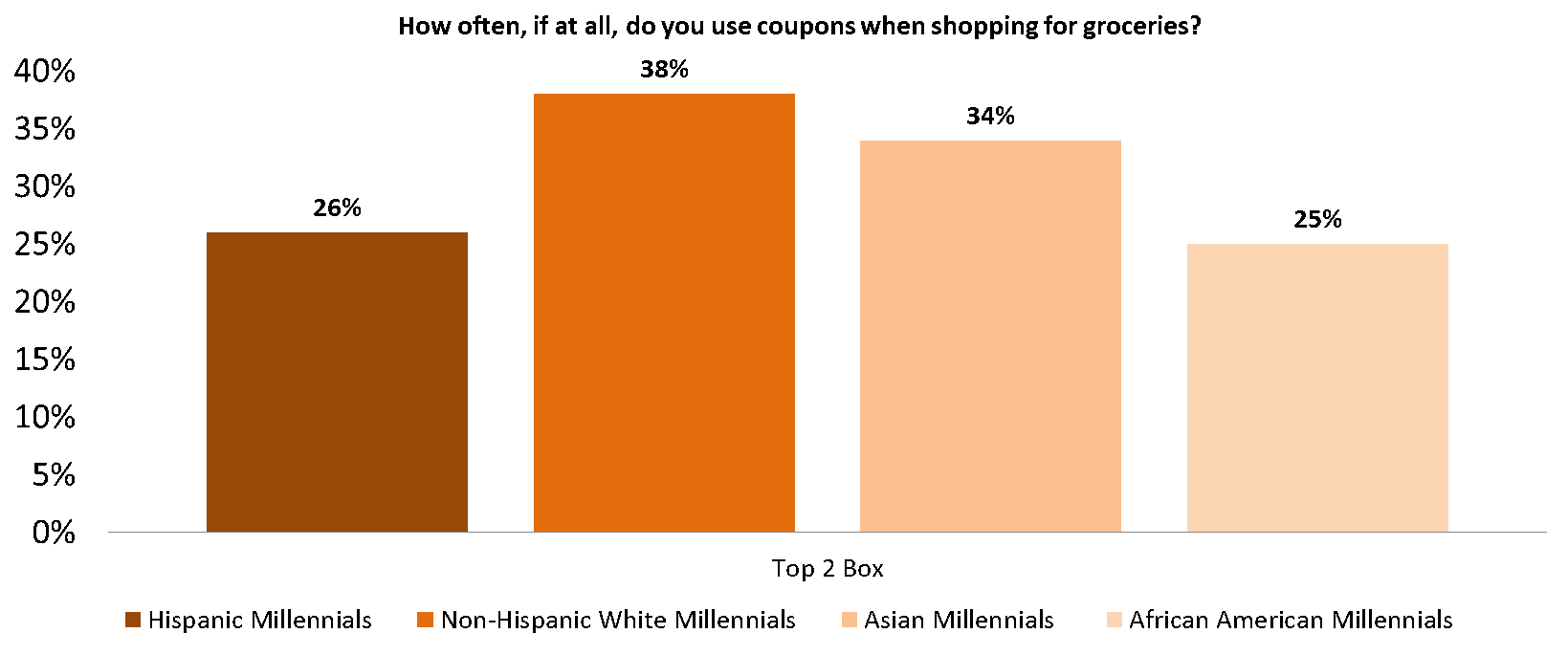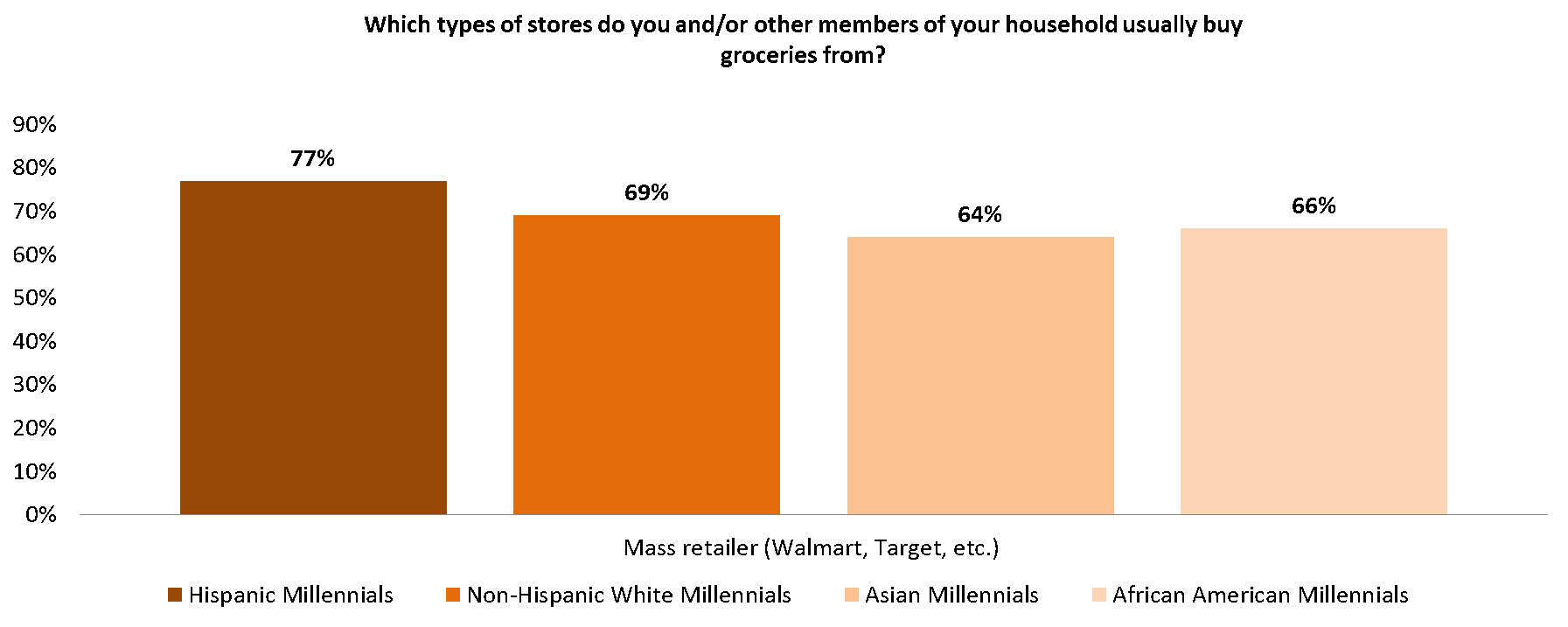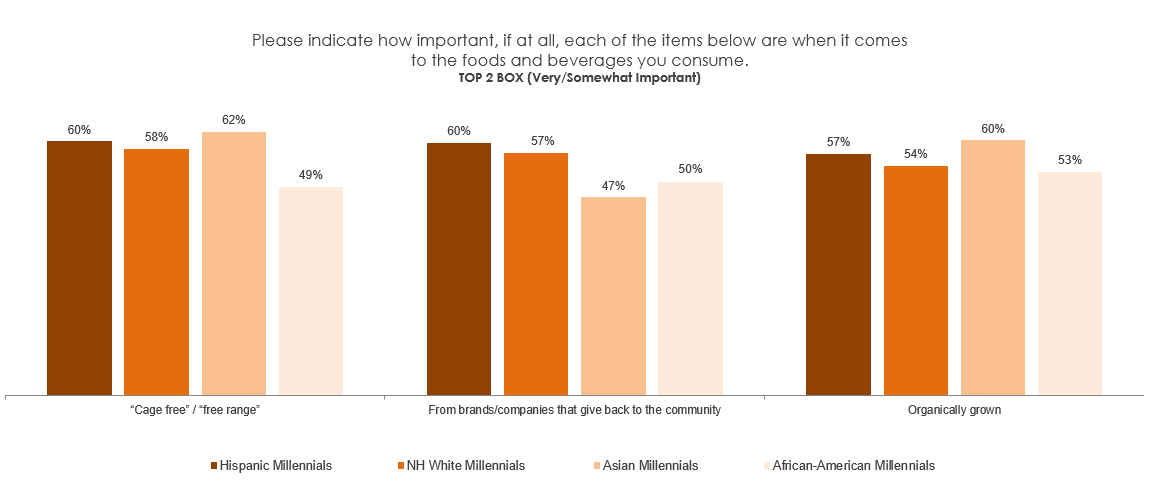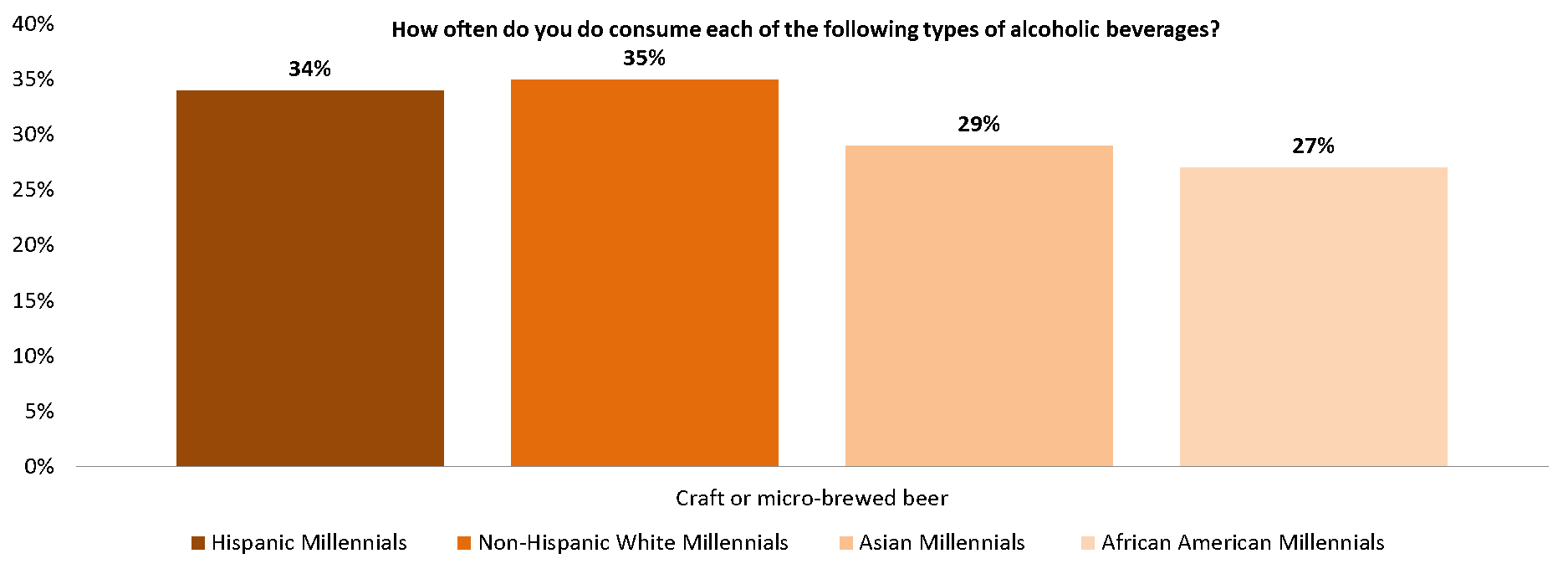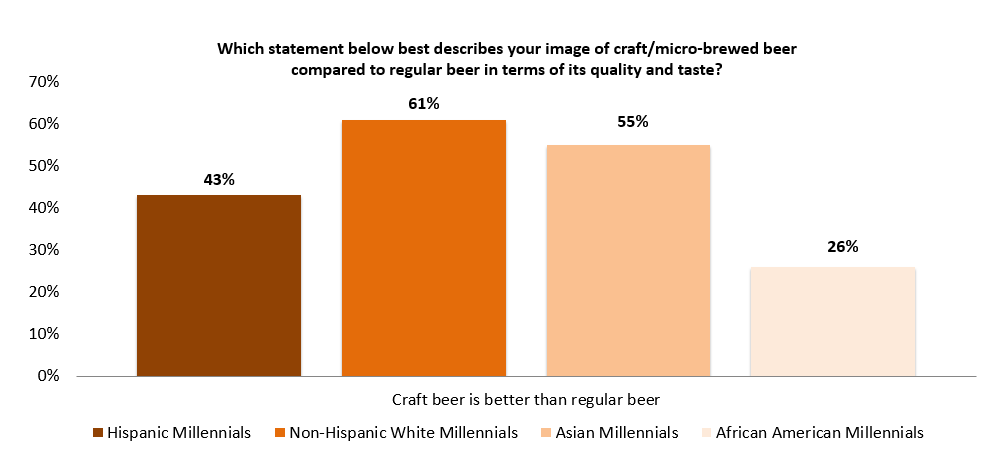U.S. Millennials: Multicultural Differences in Food, Beverage & Alcohol Consumption
The U.S. Millennial population has been in the headlines a lot as of late - “Millennials Overtake Baby Boomers as Largest Generation”, “Millennials Surpass Gen Xers as the Largest Generation in the U.S. Labor Force” and “The Millennial Takeover Continues” are a sampling of the tone that most of these headlines share. The impression one might get from reading these articles is that this generation marches lockstep in the same direction and has similar goals, desires and preferences. If that were true, it would make things a lot easier for marketers, but that is not at all the case. We just completed Wave 4 of The Millennial Project, our joint research study with the Sensis Ad agency, and the results point to a very diverse group. It is, in fact, the most diverse generation of adults the U.S. has ever seen and, as such, presents challenges previous waves of consumers did not.
In generations past, the non-Hispanic white cohort was so dominant that everyone else was usually lumped into a smaller multicultural or ethnic bucket. 76% of the Boomer generation are non-Hispanic Whites. That percentage has decreased to 56% of the millennial generation. Hispanics are the fastest growing group within the millennial cohort and now number 1 in 5 millennials nationally. They also make up the majority of millennials in cities like Los Angeles & Miami and across swaths of Texas.
To see how this growing ethnic diversity is affecting purchase behaviors in the Food, Beverage and Alcohol categories we conducted 1,500 interviews among millennials nationally and parsed out the results by ethnicity as well as U.S. vs. foreign born, gender and income. Some of the results were surprising. For example, not all millennials are on the same page when it comes to their use of coupons when shopping for groceries, with non-Hispanic White Millennials 46% more likely to use them than Hispanic Millennials.
The weekly grocery spend for each of the groups also varies considerably. Hispanic Millennials had the highest average spend on groceries per week in our study at $149, while African American Millennials averaged $105. This is likely tied to larger household sizes among the Hispanic segment.
Another interesting contrast was the Hispanic preference for mass retailers for grocery consumption.
Interestingly, 84% of Hispanic Millennial Women expressed a mass retailer preference vs. 72% of Hispanic Millennial Men and, among Hispanics, preference for grocery shopping at mass retailers increased with income with 83% or those earning above $40K per year preferring them vs. 70% of those earning less than $40K.
Another area of keen interest is the current focus on organic, locally sourced, cage free and socially conscious foods. Here too, we find that Millennials don’t speak with one voice.
While it may make business sense to move in a healthful or socially conscious direction when marketing food offerings to millennials the same message may not resonate with each ethnic group.
Alcohol consumption is another interesting differentiator among millennials. We’ve heard a lot about the growth of craft beer in recent years. Around 30% of 21+ year old millennials say they’ve consumed craft beer in the past week:
However, when we asked a follow-up question asking if craft beer was better than regular beer the responses were very different:
Non-Hispanic whites were also the most likely to express a preference for bold/dark beers while Hispanics and African Americans were more likely to favor light/easy to drink brews.
There were certainly lots of similarities among the groups as well, but as seen with the craft beer question, they might all have consumed a product within the past week but may have had different reasons and motivations for doing so. Understanding these differences is our job as marketers. Making sure we don’t lump all Millennials into one group is a good place to start to ensure that our marketing efforts towards this important group of consumers resonates and meets both our and their needs.
We are pleased to offer free of charge the full contents of the report referenced in this blog entry. Please click the link below to get your copy now.
